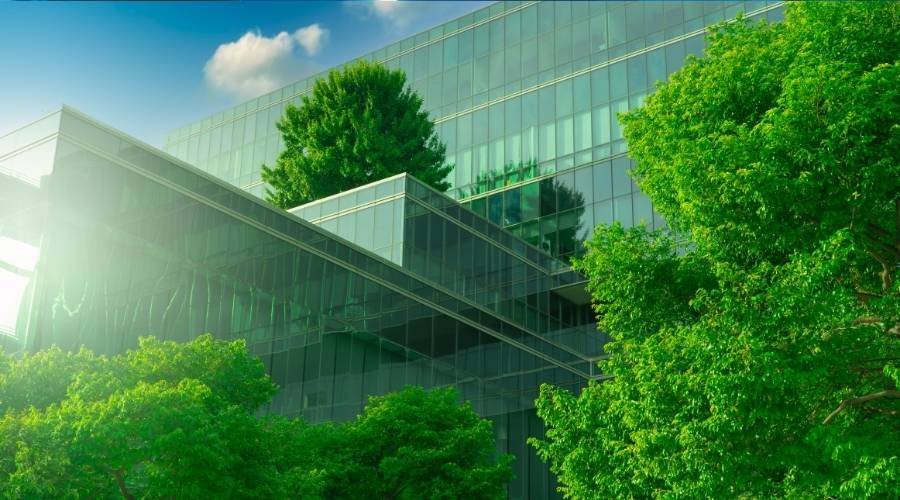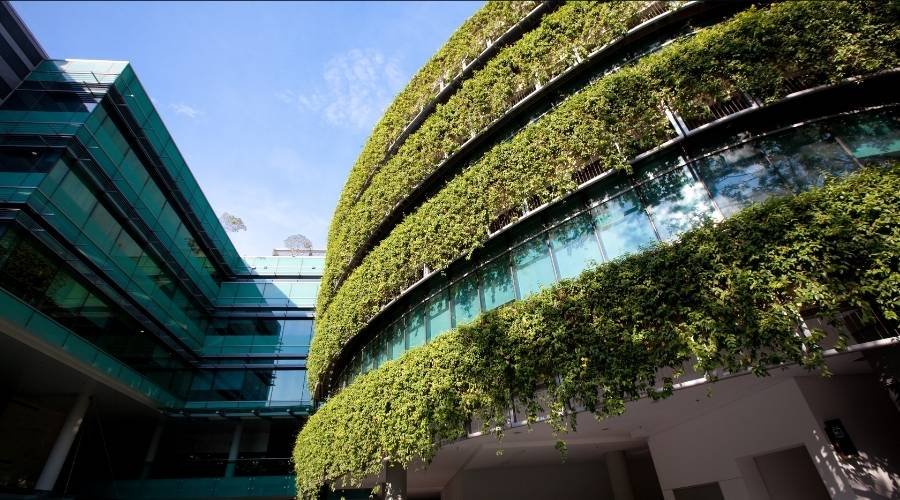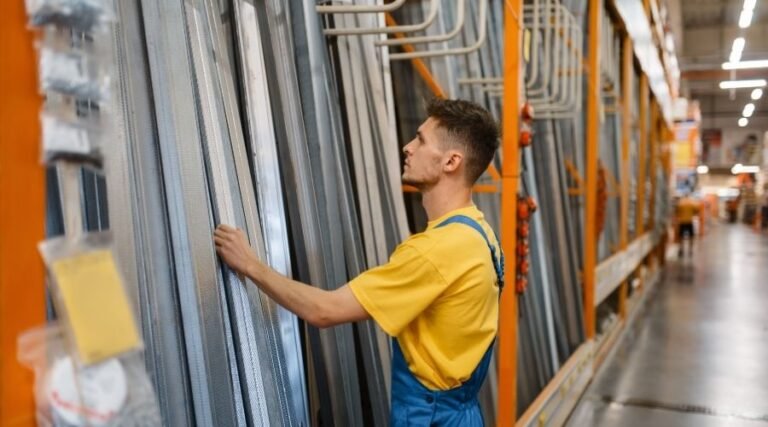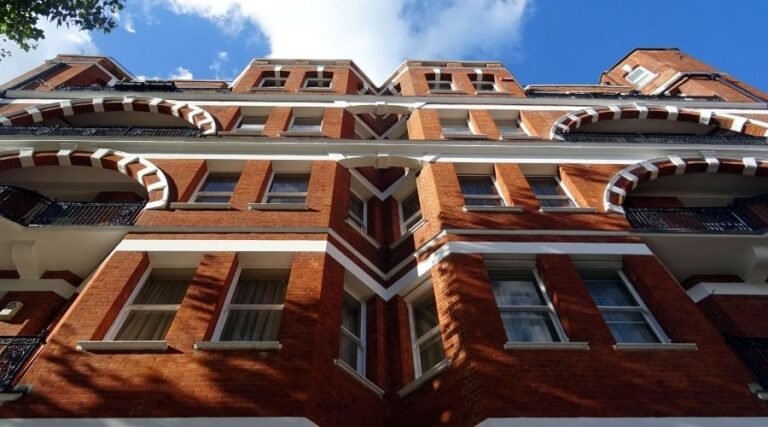Green building refers to the practice of creating structures that are environmentally responsible and resource-efficient throughout their lifecycle. This involves integrating sustainable design principles that minimize negative impacts on the environment and enhance occupant well-being.
In Sydney, green buildings are crucial in urban development, addressing the city’s growing need for eco-friendly construction solutions. The importance lies not only in reducing carbon footprints but also in fostering healthier living and working spaces.
Skanska Construction Group stands out as a leading sustainable builder in Sydney, utilizing advanced technologies and materials to support the city’s transition towards greener infrastructure. Their expertise ensures that each project aligns with best sustainability practices, ultimately contributing to a more resilient and vibrant community.
The Green Building Movement in Australia
The Green Building Council of Australia (GBCA) plays a crucial role in promoting sustainable construction throughout the country. It was established to encourage the use of green building practices and provide guidance on the environmental, social, and economic advantages of sustainable buildings.

The Green Star Rating System
One of GBCA’s most significant contributions is the Green Star rating system. This comprehensive framework assesses the sustainability of buildings in various categories:
- Energy: Efficiency and renewable energy integration.
- Water: Conservation measures and water management systems.
- Materials: Use of environmentally-friendly and sustainable materials.
- Indoor Environment Quality: Air quality, natural light, and ventilation.
- Land Use and Ecology: Impact on local ecosystems and biodiversity.
- Emissions: Reduction of greenhouse gases and pollutants.
- Innovation: Unique approaches to enhance sustainability beyond standard practices.
By establishing these standards, the Green Star rating system encourages developers to go beyond basic regulatory requirements. This fosters a culture of innovation and excellence in sustainable building practices.
Aligning with Urban Development Goals
This movement perfectly aligns with Sydney’s urban development goals. It ensures that every new structure positively contributes to the environment and community wwell-being
Core Principles and Key Features of Sustainable Design in Green Buildings
A green building is built on a foundation of careful decisions made at every stage—each one influencing not only the structure but also its daily effect on the people who occupy it and the environment it exists in.
Energy Efficiency: Reducing Consumption and Emissions
Energy-efficient technologies are essential for sustainable buildings. Features like high-performance windows, advanced insulation, and smart heating/cooling systems work together to significantly reduce energy use and carbon emissions. LED lights, occupancy sensors, and automated shading adjust based on occupants’ needs, ensuring comfort without unnecessary waste. In Sydney’s climate, these measures provide year-round comfort while putting less strain on the power grid.
Sustainable Materials: Building Responsibly
Every material has a story—where it comes from, how it’s made, and how it gets to your project. By choosing materials that are sourced responsibly, such as mass-engineered timber, we can reduce the carbon footprint associated with their production while also supporting sustainable forestry practices. In Sydney’s top construction projects, recycled steel, low-VOC paints, and eco-friendly insulation are becoming standard choices. Each decision we make leaves behind a smaller environmental impact for future generations.
Indoor Environment Quality: Prioritising Wellbeing
The quality of indoor spaces affects productivity, health, and happiness. To achieve better indoor air quality, we use fresh air ventilation systems along with non-toxic finishes. Natural light is maximised through strategically placed windows and skylights, reducing our dependence on artificial lighting while improving mood and focus for those using the building. The outcome is a space where people can thrive, not just function.
Water Management: Smart Conservation Systems
Sydney’s green buildings implement water-saving strategies at every level:
- Rainwater harvesting systems collect runoff for landscape irrigation or toilet flushing.
- Greywater recycling reduces the need for drinking water.
- Efficient fixtures ensure that every drop is used wisely.
By integrating design principles into our projects, we can ensure that water flows thoughtfully through each space, minimising waste while protecting this valuable resource.
Renewable Energy Readiness: Planning for Tomorrow
Solar pre-wiring has become a common feature of modern sustainable construction in Sydney. This proactive measure allows for easy installation of solar panels now or in the future, e—giving homeowners and businesses the ability to switch to renewable energy as their needs change.
Each principle mentioned above works together as part of an interconnected system—an all-encompassing strategy that positions green buildings as pioneers in innovation and protectors of both people and place.
Design Strategies Enhancing Occupant Wellbeing and Environmental Performance in Green Buildings
Passive design integration sits at the heart of green building in Sydney, responding directly to the city’s temperate climate. By orienting buildings to capture cooling breezes in summer and warm sun in winter, energy needs for heating and cooling drop dramatically. Features such as deep eaves, high-performance glazing, and thermal mass materials—like concrete or rammed earth—regulate indoor temperatures naturally, which lowers reliance on mechanical systems.
Daylight access is another cornerstone. Thoughtfully positioned windows, skylights, and open-plan layouts channel abundant natural light into living and working spaces. This not only cuts down on artificial lighting costs but also supports mood, productivity, and overall well-being. In residential construction across Sydney, large north-facing windows are a hallmark of sustainable homes designed for optimal daylighting.
Achieving excellent indoor air quality depends on natural ventilation. Cross-ventilation strategies—such as operable windows on opposite sides of a room or stack ventilation in usatriaiums—flush out stale air and introduce fresh breezes. For commercial projects, atria or ventilated facades can maintain airflow even in dense urban environments.
“A well-designed green building is felt as much as it is seen. You notice it in the comfort of your living room on a scorching day—or the clarity of air you breathe at your office desk.”
These strategies work together to create spaces that not only conserve resources but actively enhance the daily experience of those who use them. By prioritizing passive design integration, daylight access, and natural ventilation, green buildings in Sydney are setting new benchmarks for both environmental performance and human comfort.
Skanska Construction Group’s Approach to Sustainable Building in Sydney
Skanska Construction Group is dedicated to building a sustainable future for Sydney, combining technical expertise with environmental responsibility. With years of experience, they have developed a method that includes sustainable design in every aspect of their work, led by a team of trusted licensed builders in New South Wales known for their accuracy and dependability.
Local Expertise
Skanska’s understanding of Sydney’s unique characteristics influences its decision-making process at every level, from planning the construction site to choosing materials. Each project demonstrates their knowledge of Sydney’s climate, local government regulations, and community aspirations. This strong foundation allows Skanska to provide solutions that are both innovative and practical.
Comprehensive Services with Green Practices
Skanska offers a wide range of services that prioritize sustainability:
- Residential Construction: Custom homes, duplexes, extensions, and knockdown rebuilds are designed for energy efficiency, water conservation, and occupant well-being.
- Home Renovation: Kitchen and bathroom upgrades, full interiors, and facade modernisation incorporate sustainable materials and passive design features.
- Commercial Spaces: Office fitouts, retail environments, hospitality venues, and healthcare clinics are delivered with a focus on reducing operational costs through advanced insulation, solar pre-wiring, and rainwater systems.
- Project Management & Consulting: End-to-end oversight ensures sustainability targets are met—feasibility studies, compliance planning, and buildability reviews reinforce green outcomes at every milestone.
“Sustainability isn’t an add-on—it’s at the core of how we build better places for people.”
Skanska’s commitment to transparency and collaboration with local suppliers further solidifies its position as a leader in sustainable building throughout Sydney.

Case Examples Illustrating Successful Green Buildings in Sydney
Barangaroo South
Barangaroo South is a prime example of sustainable urban development. This area is designed to be water-positive, meaning it generates more water than it consumes. Key features include:
- Solar Panels: Extensive use of solar panels generates renewable energy, reducing reliance on non-renewable sources.
- Water Recycling: Advanced systems recycle greywater and rainwater, significantly lowering mains water usage.
Barangaroo South showcases how sustainable practices can be integrated into large-scale developments, setting a benchmark for future projects.
One Central Park
One Central Park is another iconic green building in Sydney, known for its unique eco-friendly features:
- Hydroponic Façade: The building’s vertical gardens are not only visually stunning but also contribute to air purification and thermal insulation.
- Heliostats: These mirrors reflect sunlight into areas that would otherwise be shaded, maximizing natural light and reducing the need for artificial lighting.
Both Barangaroo South and One Central Park highlight innovative approaches to sustainability that enhance environmental performance while promoting occupant wellbeing.
Benefits of Green Buildings for Clients and Communities in Sydney
Financial Advantages
Green buildings in Sydney offer significant financial benefits, primarily through reduced energy costs. Energy-efficient technologies like solar panels and advanced insulation systems lower utility bills, providing long-term savings. These measures ensure that both homeowners and commercial clients can enjoy budget-friendly living and working spaces.
Healthier Living Spaces
Improved health outcomes are another vital benefit of green buildings. Features such as better indoor air quality and ample natural lighting contribute to a healthier environment. Enhanced ventilation systems reduce the concentration of pollutants, while strategically designed windows allow more sunlight, fostering a positive impact on occupants’ well-being.
Community Benefits
Green buildings also contribute to broader community advantages. By incorporating sustainable practices, these buildings promote environmental stewardship, reducing the overall carbon footprint. This collective effort enhances the quality of life in Sydney, ensuring a sustainable future for upcoming generations.
By focusing on these critical aspects, Skanska Construction Group demonstrates its commitment to creating spaces that are not only economically viable but also environmentally responsible and health-promoting.
Conclusion
Green building in Sydney is no longer just a trend—it’s the foundation of resilient, future-ready communities. Every homeowner, developer, and commercial client has the power to shape this city’s legacy by embracing sustainable design principles. The rewards are tangible: healthier living spaces, reduced running costs, and properties that stand out for their lasting value.
Sydney’s journey toward a greener built environment is just beginning.
Local expertise matters. With over a decade of experience, Skanska Construction Group stands at the forefront of the future of green building in Sydney. Our team guides you through each stage—from feasibility studies to project delivery—ensuring your vision meets both environmental and practical goals.
The next chapter for green building in Sydney is being written now. By choosing sustainability today, you help create a cleaner, more vibrant city for generations to come.




